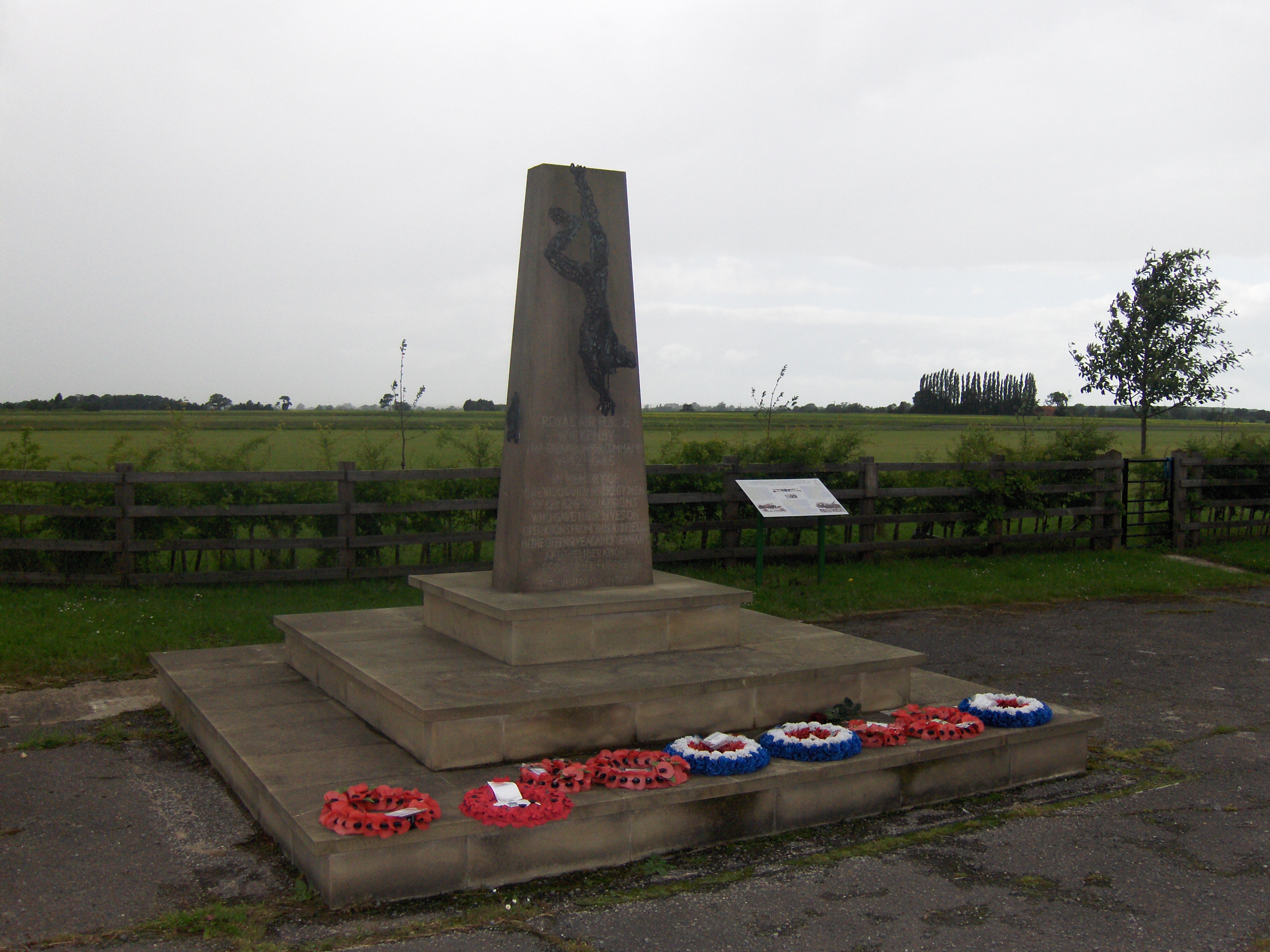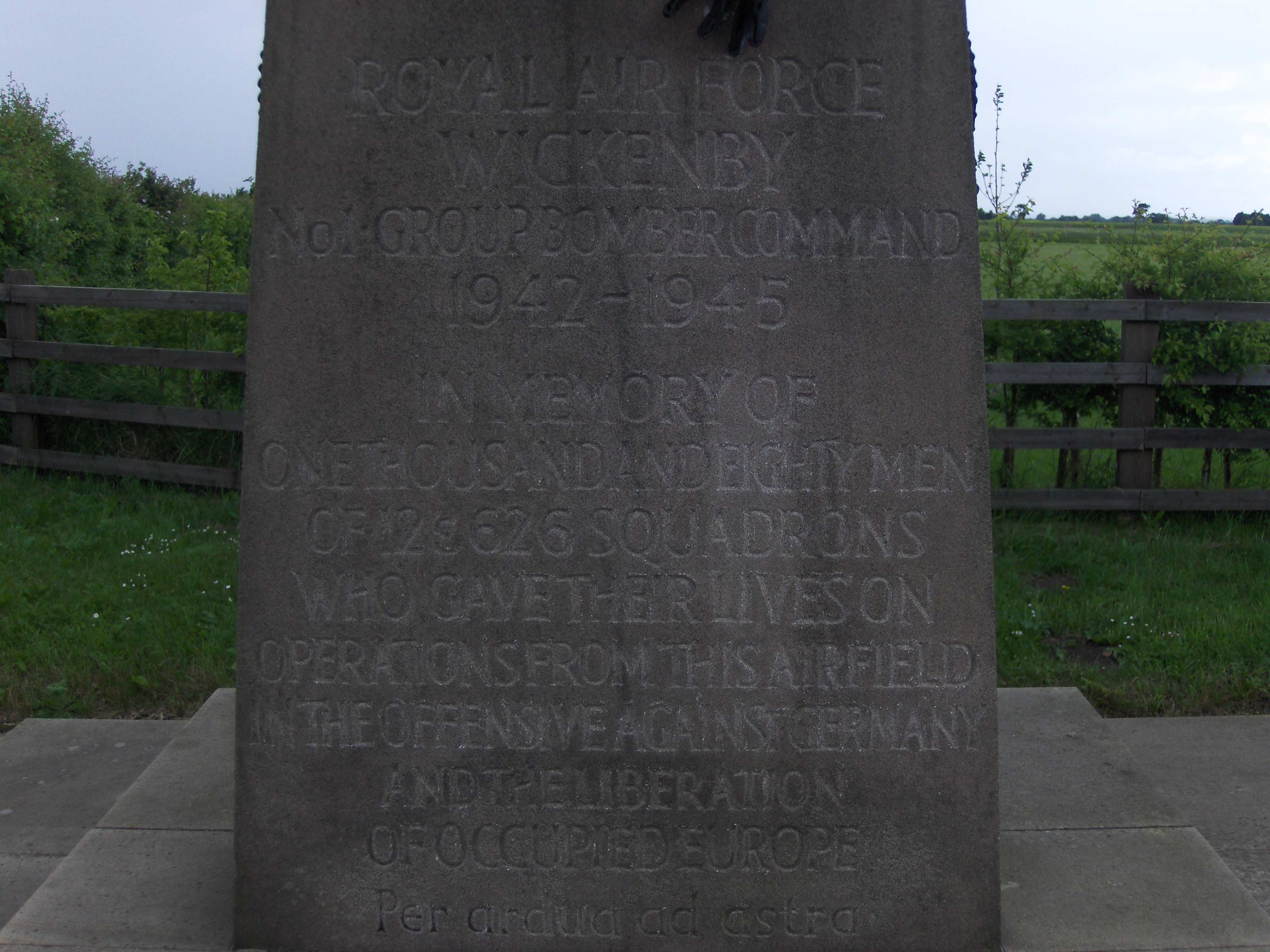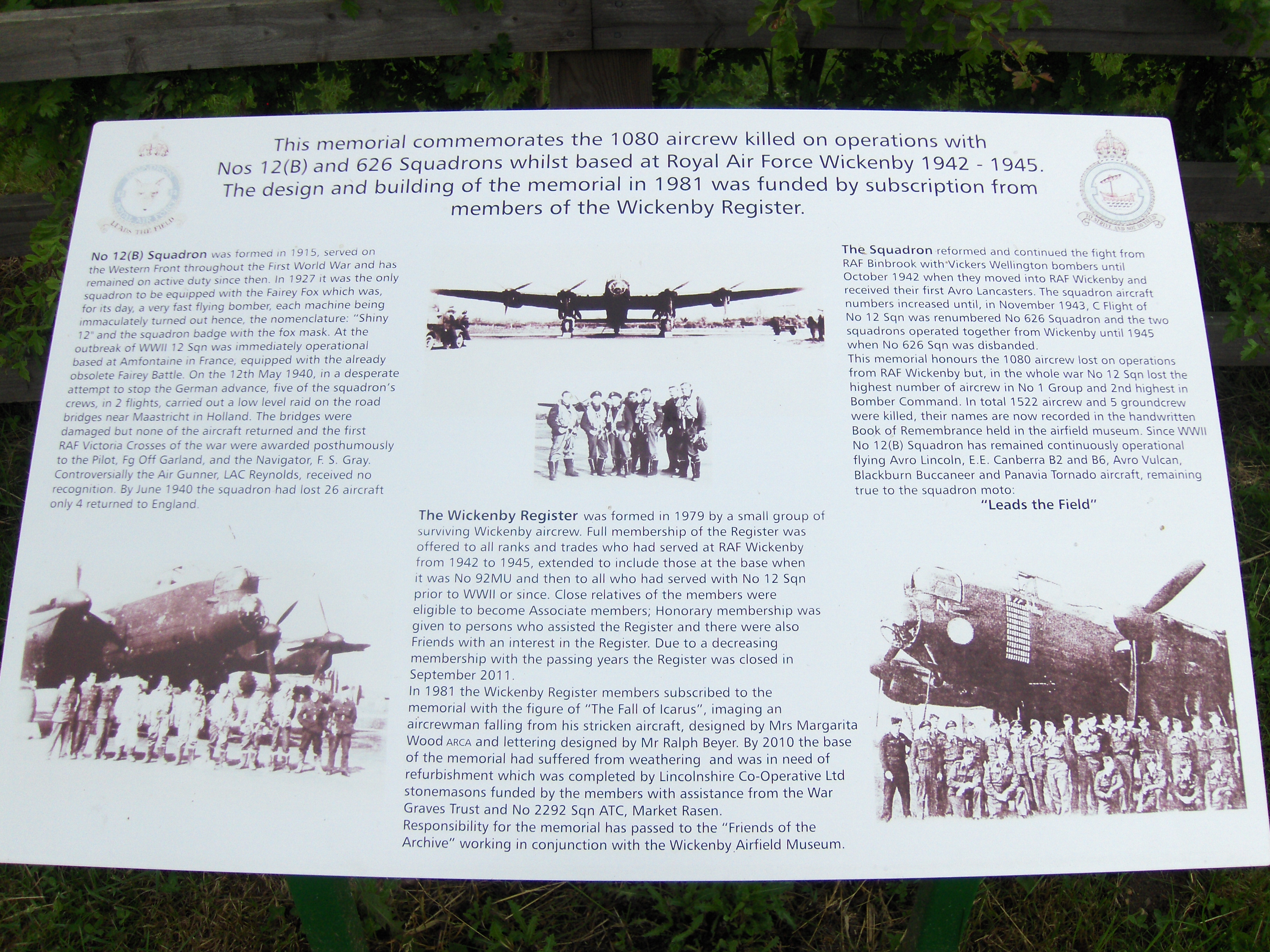Somerville, John Hogarth
Personal Information
| Rank | F/L |
| Forename(s) | John Hogarth |
| Surname | Somerville |
| Gender | M |
| Age | 32 |
| Date of Death | 07-02-1945 |
| Next of Kin | Son of James Somerville and Elizabeth Thompson Somerville (née Hogarth), of Calgary, Alberta, Canada. Husband of Mary Edna Somerville (née Lovell), whom he married on 19 September 1936 at Toronto, Ontario. Father of Elizabeth Lynne Somerville and Mary Patricia Somerville. |
Aircraft Information
| Aircraft | Avro Lancaster I |
| Serial Number | NF925 |
| Markings | PH-T |
Memorial Information
| Burial/Memorial Country | Netherlands |
| Burial/Memorial Place | Groesbeek Canadian War Cemetery |
| Grave Reference | XVII. A. 14. |
| Epitaph |
IBCC Memorial Information
| Phase | 1 |
| Panel Number | 100 |
Enlistment Information
| Service Number | J/10995 |
| Service | Royal Canadian Air Force |
| Group | 1 |
| Squadron | 12 |
| Squadron Motto | Leads the field |
| Trade | Pilot |
| Country of Origin | Canada |
Other Memorials
| Location | Wickenby Airfield, Wickenby, Lincolnshire |
| Country | United Kingdom |
| Memorial Type | Inscribed Stone Memorial with Sculpture of Icarus & Information Board |
| Memorial Text | Royal Air Force Wickenby No1 Group Bomber Command 1942-1945 In memory of one thousand and eighty men of 12 & 626 Squadrons who gave their lives on operations from this airfieldin the offensive against Germany and the liberation of occupied Europe Per ardu |
Miscellaneous Information
| John was born on 19 April 1912 at Calgary, Alberta. His father was born in Glasgow, Scotland and had worked for the Bell Telephone Company. His mother was born in Greenlaw, Scotland. The schools he attended were Humewood Public 1919-1924, and Vaughan Road Collegiate 1924-1927 (Toronto). He also took a one year International Correspondence Course in Practical telephony. The sports he took part in were football, baseball, and tennis. He worked for the Bell Telephone Company as a Cable Splicer and Tester between 1929 and enlisting on 4 July 1941. |
| After preliminary training he was posted to the U.K. and embarked from Halifax on 15 February 1944. After arrival at 3 PRC on 25 February he went on to 14 (P) AFU on 18 April 1944, 83 OTU 20 June 1944, 71 Base 10 September 1944 and 12 Squadron 30 October 1944. John sadly lost his life from 12 Squadron on 7 February 1945. |
Commonwealth War Graves Commission
The National Archives
| Record of Events (Operational Record Book) AIR 27/169/4 |
| Summary of Events (Operational Record Book) AIR 27/169/3 |
Fellow Servicemen
Please note that this list gives all the losses aboard the quoted aircraft and occasionally these may have occurred on an earlier date when the aircraft was not itself lost. Please check the dates of death carefully.
Last Operation Information
| Start Date | 07-02-1945 |
| End Date | 08-02-1945 |
| Takeoff Station | Wickenby |
| Day/Night Raid | Night (26% moon) |
| Operation | Kleve |
| Reason for Loss | Crashed at Nistelrode (Noord- Brabant), a small community midway between Oss and Uden. |




